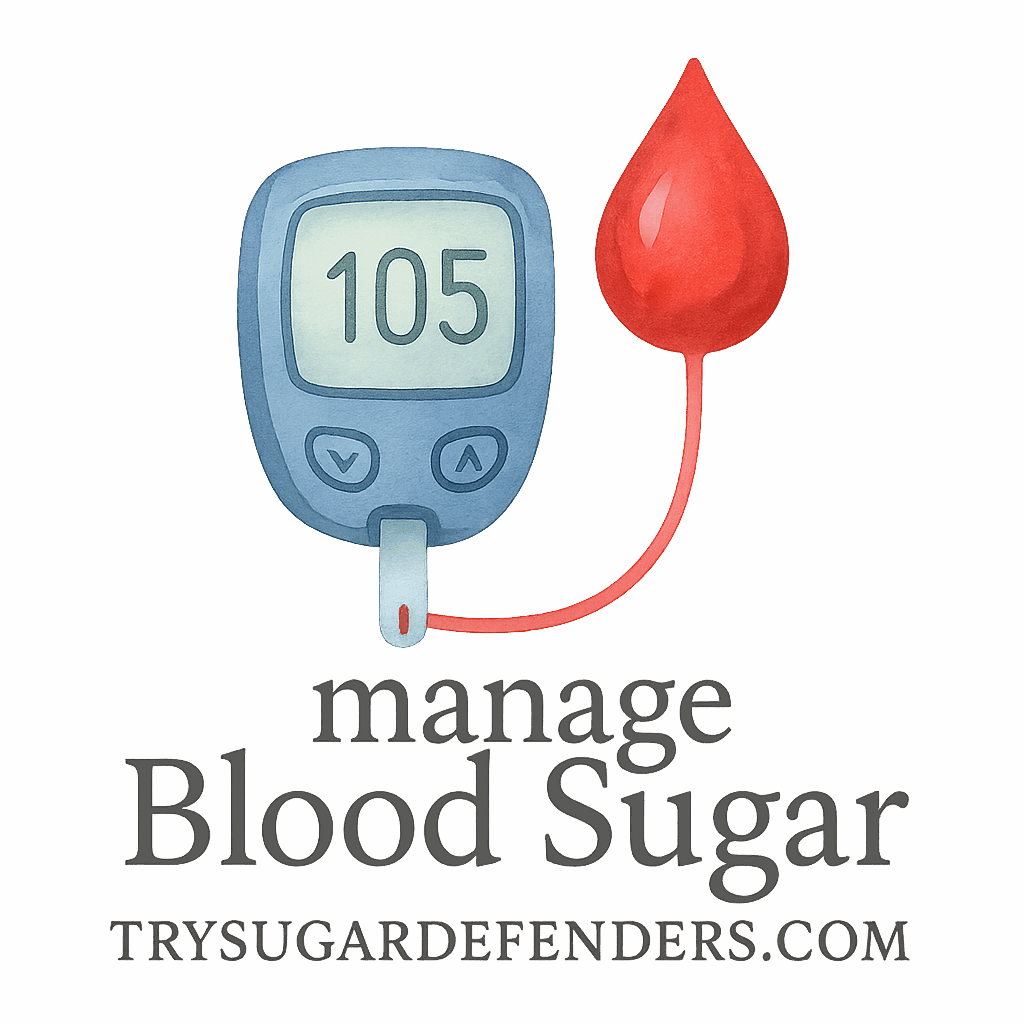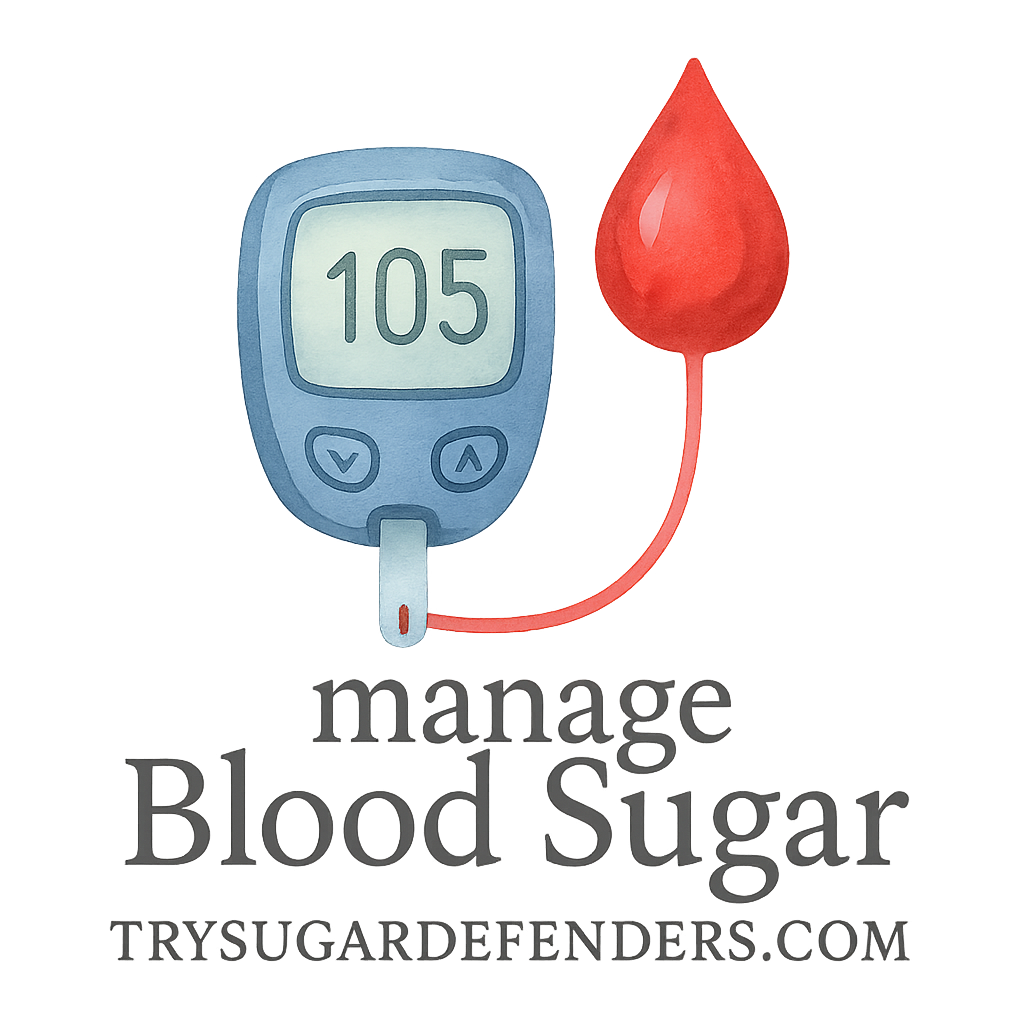Introduction
If you’ve ever felt like managing your blood sugar is a full-time job, you’re not alone. It takes more than just avoiding sweets—monitoring your blood sugar involves consistency, strategy, and the right tools. Whether you’re newly diagnosed or a seasoned pro, these 10 must-know blood sugar monitoring tips can seriously level up your health game. Let’s dive into what makes blood sugar management smarter—not harder.
1. Know Your Target Range
Why It Matters
Monitoring blood sugar without knowing your target range is like driving without a GPS. Most people with diabetes should aim for:
- Fasting blood sugar: 80–130 mg/dL
- Post-meal (1–2 hours after): <180 mg/dL
But everyone’s different. Your ideal range depends on your age, activity level, medications, and overall health.
How to Determine Your Range
Always consult with your healthcare provider to get your personalized blood sugar targets. And if you need additional insights, check out the doctor consultation guide on Sugar Defenders.
2. Choose the Right Monitoring Device
Glucometer vs. CGM: What’s Right for You?
Choosing a device isn’t one-size-fits-all. Traditional glucometers are affordable and reliable, while Continuous Glucose Monitors (CGMs) like Dexcom or FreeStyle Libre offer real-time data and trends.
Visit the comparison tag to learn the pros and cons of different devices.
Features to Look For
- Accuracy and reliability
- Bluetooth syncing
- Easy-to-read displays
- Data tracking capabilities
Explore top-rated options under monitoring & tracking.
3. Test at the Right Times
Fasting, Post-Meal, and Bedtime Tests
Blood sugar fluctuates, so timing matters. You should test:
- First thing in the morning (fasting)
- 1–2 hours after meals
- Before bedtime
- Before and after exercise (as needed)
Keeping a routine helps with pattern recognition and better control. Learn more about building a healthy routine.

4. Keep a Monitoring Log
Benefits of Consistent Tracking
Writing down your results might feel old-school, but it works. Whether it’s an app or a notebook, your log can:
- Help identify triggers
- Provide data for your doctor
- Keep you accountable
Don’t underestimate this simple yet powerful habit. Use tools listed in technology to make logging effortless.
5. Learn to Interpret Your Results
Spotting Patterns
Numbers are only useful if you understand them. Look for trends like:
- Morning highs
- Post-meal spikes
- Exercise-induced drops
Understanding these can help you adjust your diet or medications appropriately.
When to Call Your Doctor
If you’re seeing unexplained highs or lows consistently, it’s time to talk to your doctor. Visit our consultation tag for questions to ask during appointments.
6. Pair Monitoring With a Smart Diet
Blood Sugar Friendly Meals
Eating the right foods keeps your numbers stable. Focus on:
- Fiber-rich veggies
- Lean protein
- Healthy fats
- Whole grains in moderation
Avoid sugary drinks and processed carbs.
Link to Mediterranean & Low-Carb Diet
These eating plans work wonders. Check out the diet & nutrition section and explore the benefits of the Mediterranean diet.
7. Don’t Forget Exercise
Best Types of Exercise for Blood Sugar Control
Physical activity helps lower blood sugar naturally. Great options include:
- Walking
- Strength training
- Swimming
- Cycling
Read more on exercise & lifestyle and find your groove.
Timing Your Workouts Right
Exercising after meals can help control post-meal spikes. Morning workouts can also improve insulin sensitivity for the rest of the day.
8. Stress and Mental Strategies Matter
How Stress Affects Blood Sugar
Stress hormones can raise your blood sugar levels. That’s why your emotional health is just as crucial as your physical health.
Use of CBT and Mindfulness
Practices like Cognitive Behavioral Therapy (CBT) and meditation are proven to help. Visit our behavioral & mental strategies page and learn how to lower stress the smart way.
9. Use Technology and Apps
Tracking Tools and Digital Monitors
Apps like MySugr, Glucose Buddy, and Dexcom Clarity make it easy to track your numbers and share them with your care team. These tools help with goal setting and motivation.
Check out the latest in monitoring technology.
Smart Notifications & Goal Setting
Some apps even alert you when your levels are too high or low—perfect for staying ahead of the game. Need help setting goals? Explore the goal-setting section.
10. Consult With Health Professionals Regularly
Routine Checks & Personalized Advice
Your care team—doctor, dietitian, endocrinologist—offers customized strategies based on your data. They can adjust your medications, recommend lifestyle tweaks, and help you troubleshoot.
Stay on top of appointments, and browse our expert guides to prep for your next visit.
Conclusion
Managing your blood sugar doesn’t have to feel overwhelming. When you know what to look for, have the right tools, and stay consistent, it becomes part of your lifestyle. These 10 must-know blood sugar monitoring tips are designed to help you take control with confidence. Start slow, build your habits, and celebrate your wins along the way. Your future self will thank you!
FAQs
1. How often should I check my blood sugar?
It depends on your treatment plan. People using insulin may need to check 4–10 times daily, while others may only need a few times a week.
2. Can stress really affect my blood sugar?
Absolutely. Stress hormones like cortisol can raise blood sugar. Learn mental techniques here.
3. What’s the best diet to follow for blood sugar control?
Many experts recommend the Mediterranean diet or a low-carb plan rich in fiber and protein.
4. Are CGMs better than traditional meters?
They provide real-time data and trends, which many people find helpful. See our monitor comparison.
5. Do I need to monitor if I’m not on insulin?
Yes! Even if you’re on oral meds or just lifestyle control, tracking can help you manage your numbers better.
6. How can I spot patterns in my readings?
Use a logbook or an app to chart your numbers and look for highs or lows at specific times of day or after meals.
7. Where can I find more tips for blood sugar control?
Check out our full resources at Sugar Defenders and explore tips on diet, exercise, supplements, and more.


